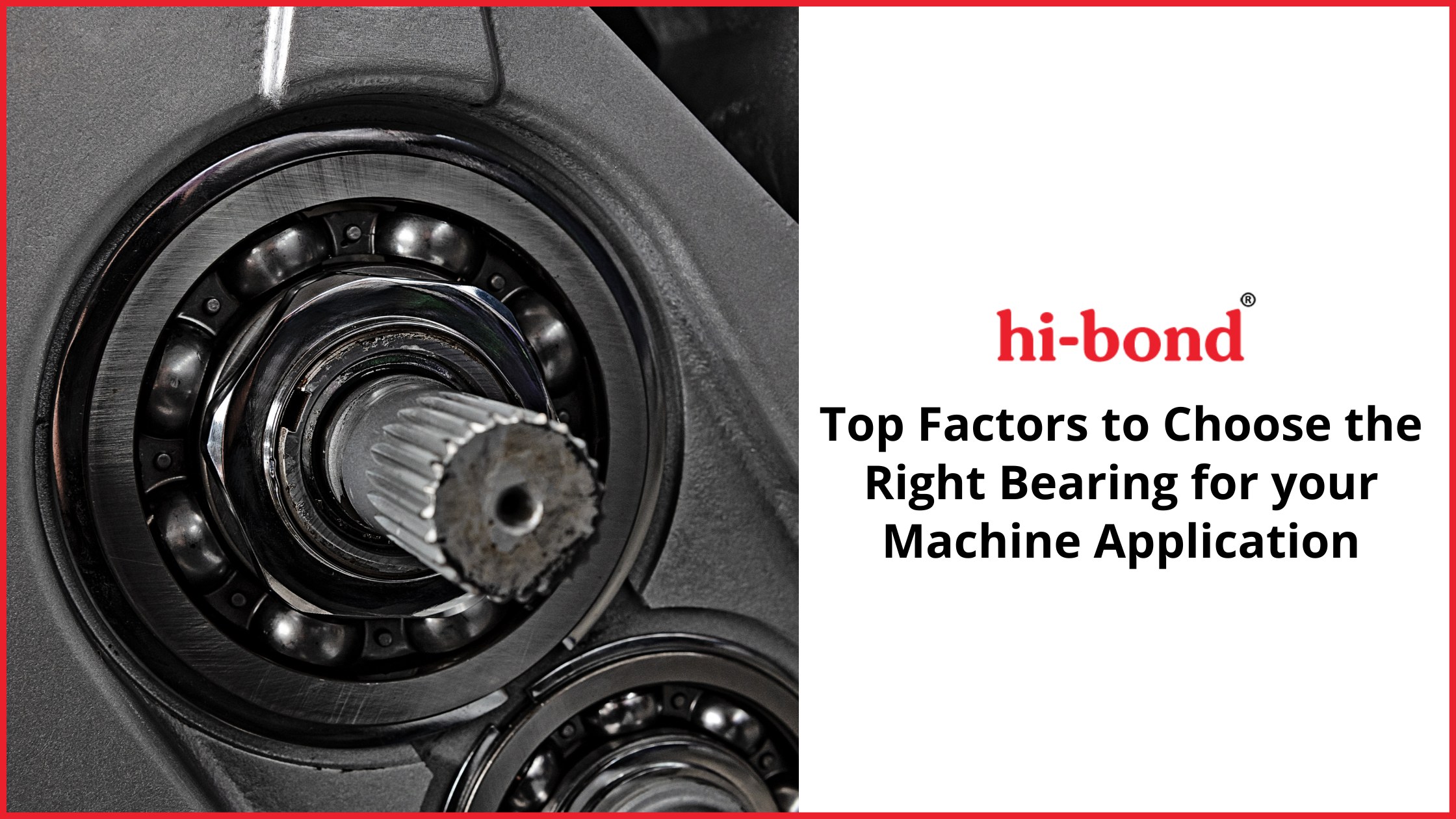When it comes to frictionless power transmission, the right bearing is required. In addition, it must be able to operate in a hostile environment. The selection of bearings is a time-consuming, complex process that considers numerous factors from the load type in the mechanical operation to regular maintenance requirements to guarantee its efficient functioning. A bearing and bushes supplier has all the information you'll need about selecting the appropriate bearing for your machine application, from HVAC to food processing and other critical applications. Here are the greatest factors to consider when choosing the proper bearings.
Factors To Consider
1. The Load Type
Before purchasing a bearing, you should be aware of three load types:
- Radial Loads: Load forces act on the object perpendicular to the rotating shaft.
- Axial Loads: Load forces that act on the object parallel to the rotating shaft.
- Combined Loads: Load forces act on the thing parallel and perpendicular to the rotating shaft.
You must be familiar with the load type because specific rolling components, bearing materials, and raceway rigidities are designed for particular applications. Also, the weight of the load must be considered. For example, linear bearings are better for axial loads, whereas thrust bearings can tolerate radial and combined forces. On the other hand, tapered roller bearings can handle high axial and radial forces while remaining durable, making them ideal for various applications in various sectors.
2. The Transmissions Speed
Bearings must withstand a variety of speeds and temperatures to ensure proper functioning. High speeds are associated with precision bearings since minor misalignments in installation or maintenance processes can cause vibrations, temperature rise, and later downtime as the wider components wear. Higher rotational speeds (calculated in revolutions per minute) are generally best achieved with ball bearings, while roller elements should handle slower transmissions.
The transmission's speed is inversely proportional to the bearing's lifespan. In other words, as the speed increases, the time required between maintenance intervals decreases. However, at the same time, higher speeds also lead to friction and heat, which can cause premature bearing failure.
3. The Component Temperature
The equipment's and mechanical device's overall operating temperature and running a temperature can vary significantly, reaching 350°C (660°F). This is an issue to bear in mind since the bearing material might buckle under heat stress. Also, the lubricant may evaporate (where an oil-based lubricant is utilized) and result in friction in the transmission. Bearing manufacturers have developed special-purpose high-temperature bearings and transmissions to withstand the strain of these conditions.
4. The Lubricant Requirement
Bearings require a degree of lubrication in the rolling element, cage, and raceway to ensure that power is transferred frictionlessly between components. There are three distinct types of lubricant to be aware of. Each has its own set of features and characteristics that may benefit your machine equipment and requirements and its application and upkeep procedures.
- Gas-Based Lubricants: Are used in grease-lubricated bearings and require regular maintenance. They are typically found in electric motors, pumps, and blowers.
Oil-Based Lubricants: Are used in oil-lubricated bearings and don't require as much maintenance. You can find them in gearboxes, compressors, and fans.
- Dry Lubricants: Are used in dry-lubricated bearings and don't require any lubrication. You'll find them in spindles, conveyors, and other high-speed applications.
Read here to know the major three mistakes of bearing lubrication.
5. The Bearing Sealant
Bearing sealant, often known as a retaining compound, is used to assist stop lubricant contamination and evaporation. There are two primary types: a casing known as a shield; this encasement is often built utilizing the same materials as the bearing. However, a rubber seal may also be accomplished if the operation does not experience high temperatures or speeds. The second is a lubricant that is used during the process of the bearing. The retaining compound is added to the shaft of the rotating component, and when the bearing is fitted, it drags even beads of a compounding down the shaft to fill all flaws in the construction. This increases the lifespan of the bearing by diminishing wear.
6. The Maintenance Program
Preventive, predictive, and reactive maintenance are the three categories. All three are crucial in operations since they guarantee the continued running of a process. However, if specific bearings are used on your machine, it is necessary to renew it. Bearings in oil-based lubricants, for example, require more frequent maintenance. Furthermore, bearings from a less expensive vendor may require more predictive and preventative maintenance in the long term, resulting in a more significant overall expense.
7. The Wider Environment
The final aspect to consider while selecting the appropriate bearing for your machine application from your bearing supplier is the operational environment. The transmission module must be constructed with particular bearing materials, lubricants, and shields in severe conditions. Bearings are composed of six basic materials:
- Carbon Steel
- Ceramic
- Chrome Steel
- Hybrid Metals
- Polymer Plastic
- Stainless Steel
Stainless steel and chrome are the most used materials, with ceramic bearings especially high in hardness, anti-corrosive, long-lasting, lightweight, high-temperature resistant, and low density.
In Conclusion
There are multiple aspects to consider while choosing the correct bearing for your machine application. The type of load, operating conditions, environment, and maintenance requirements are all crucial elements that will help narrow down the options field to find the best match for your specific needs. Also, partnering with a knowledgeable and experienced bearings and bushes supplier is critical to ensure you get the ideal product for your application.






